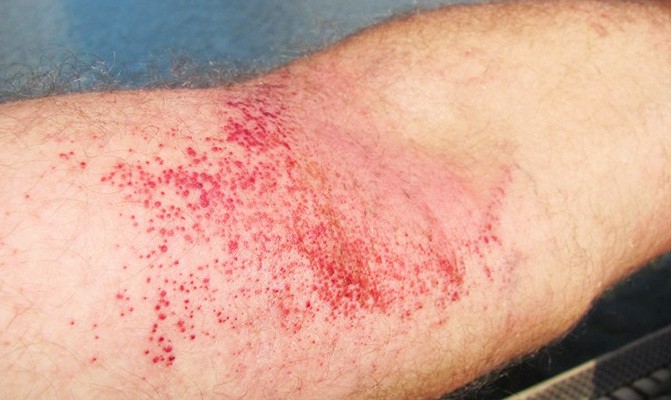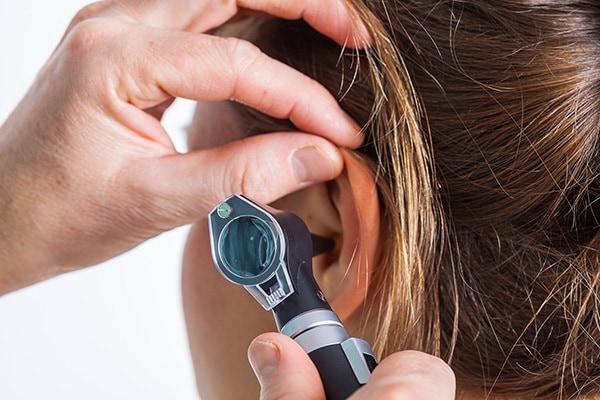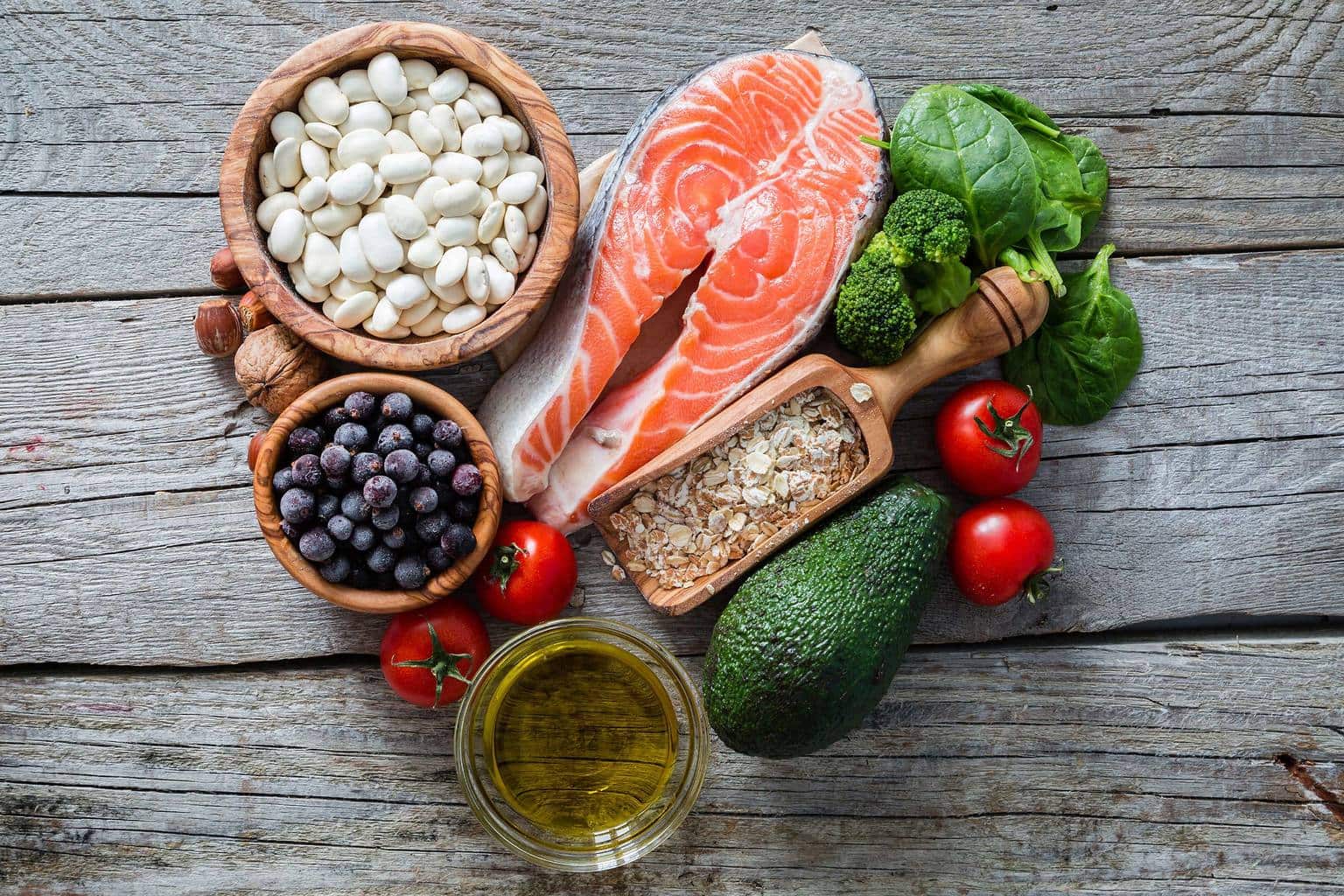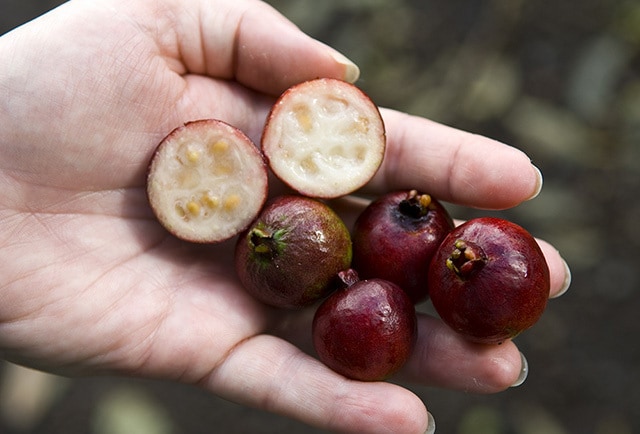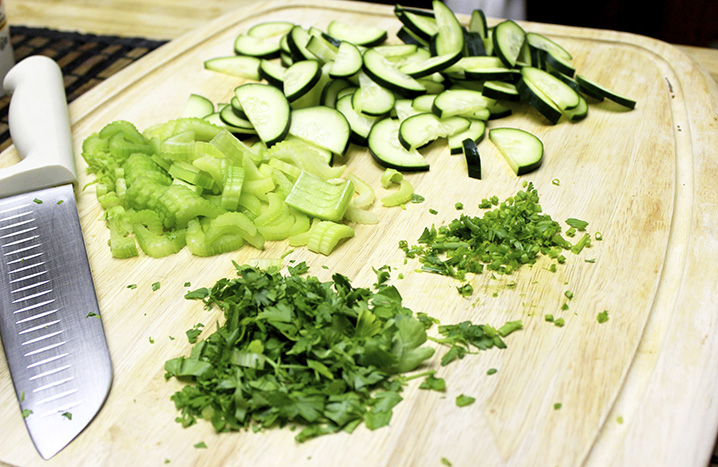Believe it or not, your body is not just composed of a single type of fat, in fact, there are many of them. In your belly, in your arms, and in your legs; and they all will respond differently to certain types of exercises and toning strategies. This article will explain more about the five different types of body fats and how to burn and exercise each of them effectively.
Subcutaneous fats.
These are what lies just beneath your skin and what people typically refer to as muffin tops, love handles, flabby necks, saggy arms, big bellies etc. Now you have to understand that fat is technically an endocrine organ that’s capable of releasing hormones and other chemicals that may affect your heath, physiology and longevity.
Intrahepatic fat.
These are the fats located inside your liver and is somehow seen as nasty fats. Among all types of fats, intrahepatic is the one most associated with obesity. If you want to burn this type of fat, you’ll need to drive your focus on doing not just high-intensity trainings but on dietary strategies as well. You’ll want to lower your intake of fructose and sugars, alcohol and eat more of liver and egg yolks for their rich choline content. You’ll also need to re-evaluate where you’re getting your saturated fats. It’s best if you get them from organic grass-fed beef, coconut, and cocoa from chocolates.
Epicardial fat.
This is the visceral fat that is around your heart. It’s a layer of hard, yellow fat. Unfortunately, too many of these can result to inflammation in surrounding organs, diabetes and obesity. To decrease the amount of epicardial fats in the body, it seemed that both short sessions of intense cardiovascular activities/exercises and longer steady rate cardio workouts can do the trick just right.
Intramuscular fat.
This is the kind that is situated inside your muscles. You’ve probably glimpsed this fat if you’re paying enough attention to a fatty beef steak before actually consuming it. The good thing is, the intramuscular fats can provide for a readily available supply of energy for your muscles once you’ve actually managed to turn yourself into a lean and mean, “fat-burning” machine. From a body training standpoint the best way to achieve this is to get engrossed in a low-intensity aerobic activity or exercise that can at least provide you with a max heart rate of 75%, preferably in a fasted state of ketosis or during a limited carb intake. Know that the fat burning zone happens at around 45-65% of an individual’s max heart rate. For a typical calculation, take the number 220 and subtract the person’s age to get the maximum heart rate, and then take 45-65% of that number to arrive at the maximum fat-burning zone.
Brown fats.
This is the kind of fats that gets metabolized easily to generate heat once your body gets exposed to cold temperatures. Babies are known to have lots of brown fats when they are born which helps them a lot in thermoregulation. Studies have shown that since brown fats are important, one can train their bodies to convert their “white fat” reserves into brown ones. Some people even utilize the cold to help them lose weight.
Lastly, understand that people from different lineage may have different patterns of body fat distribution. For example, there are men who will have more fats on their trunk than their limbs, while some women may have more fats on the lower parts of their bodies than on their trunks.


